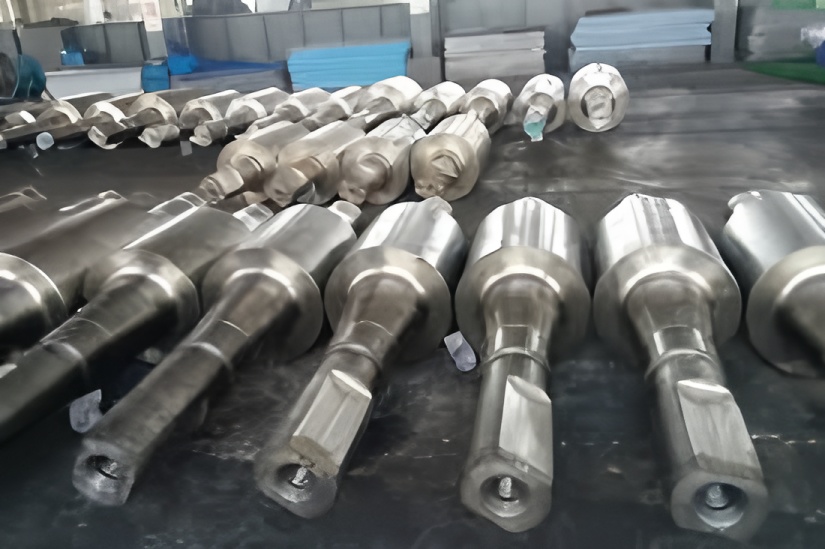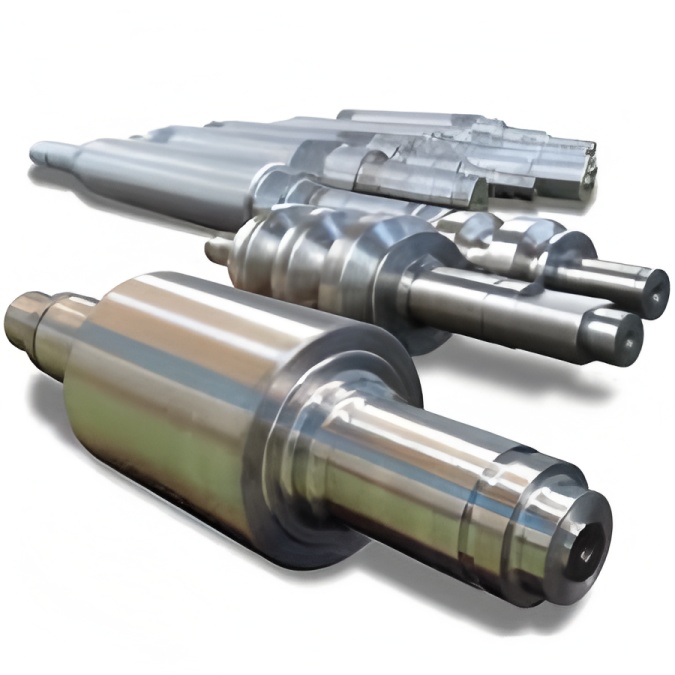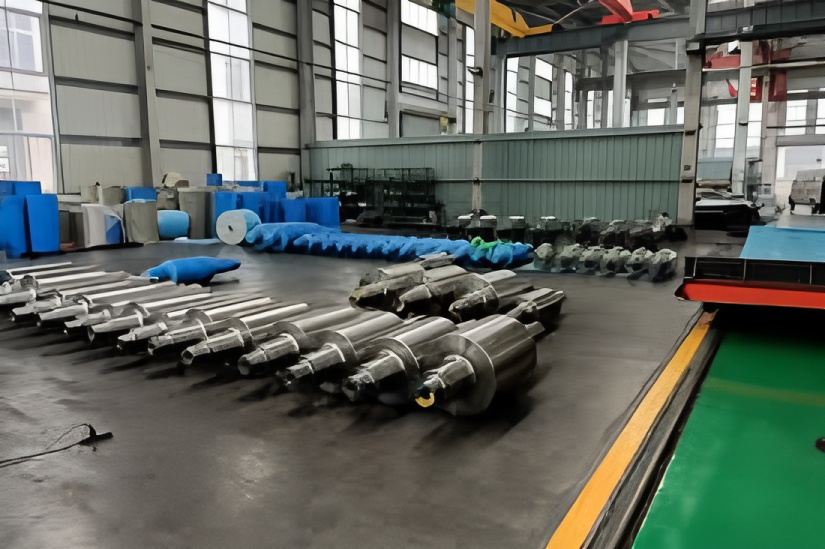Iron Oxide Scale Formation and Solutions
Formation Mechanisms:
Primary scale develops during slab heating, appearing as random spots and streaks. If not properly removed before roughing, it creates serious quality defects in subsequent rolling. Secondary scale, influenced by environmental factors, manifests as ripple patterns and surface stains that significantly impact strip quality.
Preventive Measures:
Control heating temperature and duration to prevent excessive scale formation
Maintain slightly oxidizing furnace atmospheres
Implement staged heating to facilitate scale removal in descalers
Ensure adequate descaling water pressure and proper nozzle alignment
Optimize finishing temperatures and reduce processing time to minimize secondary scale
Strip Thickness Variations
Root Causes:
Roll wear from prolonged high-temperature operation
Insufficient roll machining precision affecting shape and ovality
Excessive rolling force fluctuations
Temperature variations during processing
Quality Control Measures:
Regular roll inspection and maintenance
Strict control of roll manufacturing tolerances
Optimized reduction distribution across stands
Precise rolling force management
Comprehensive data analysis for thickness control
Sickle Bend Defects
Primary Contributing Factors:
Temperature differentials between drive and operation sides
Roll temperature variations
Descaling water leakage causing localized cooling
Slab wedge shape creating uneven reduction
Inconsistent mill springback across strip width
Corrective Actions:
Maintain uniform temperature distribution
Ensure proper wiper function and cooling control
Monitor slab dimensions and uniformity
Adjust rolling parameters to compensate for variations
Conclusion
As essential industrial materials, hot-rolled strips require continuous quality improvement in today’s competitive market. By systematically addressing common defects through technical optimization and process control, manufacturers can enhance product quality, reduce production costs, and strengthen market competitiveness. Implementing these solutions promotes sustainable development in steel manufacturing while meeting evolving industry demands.



